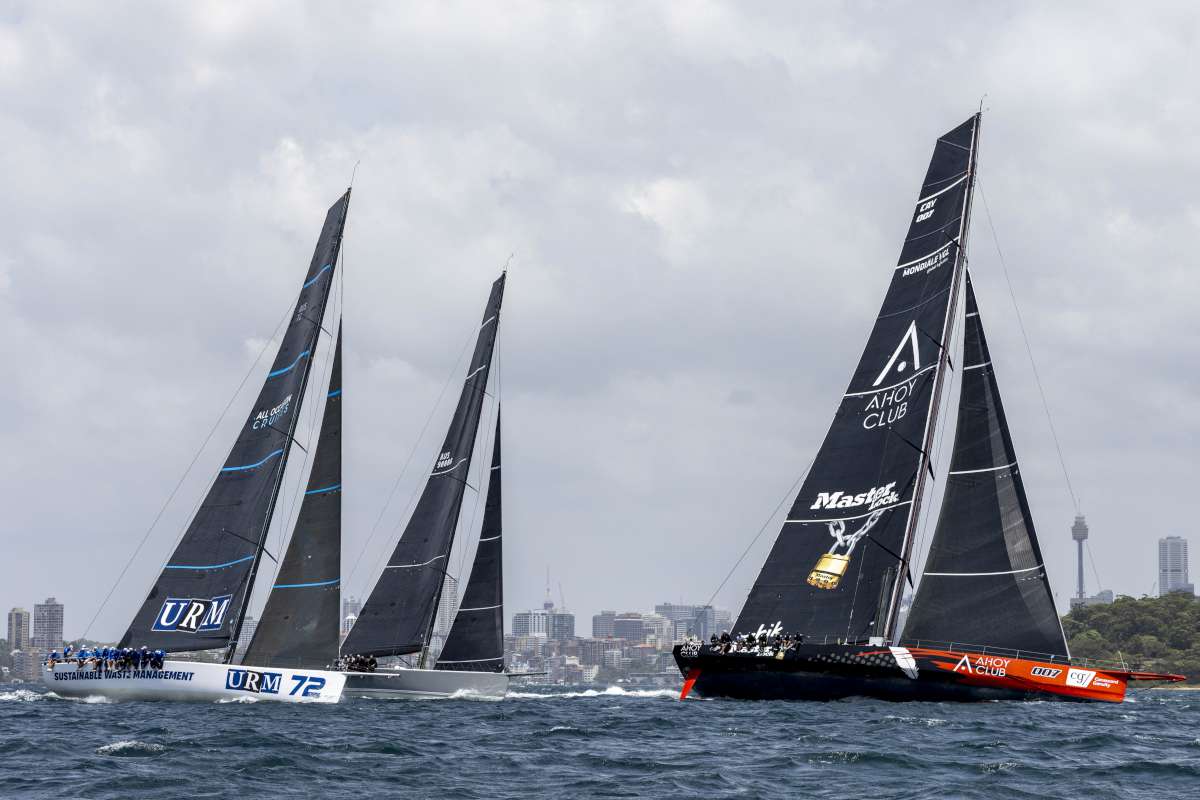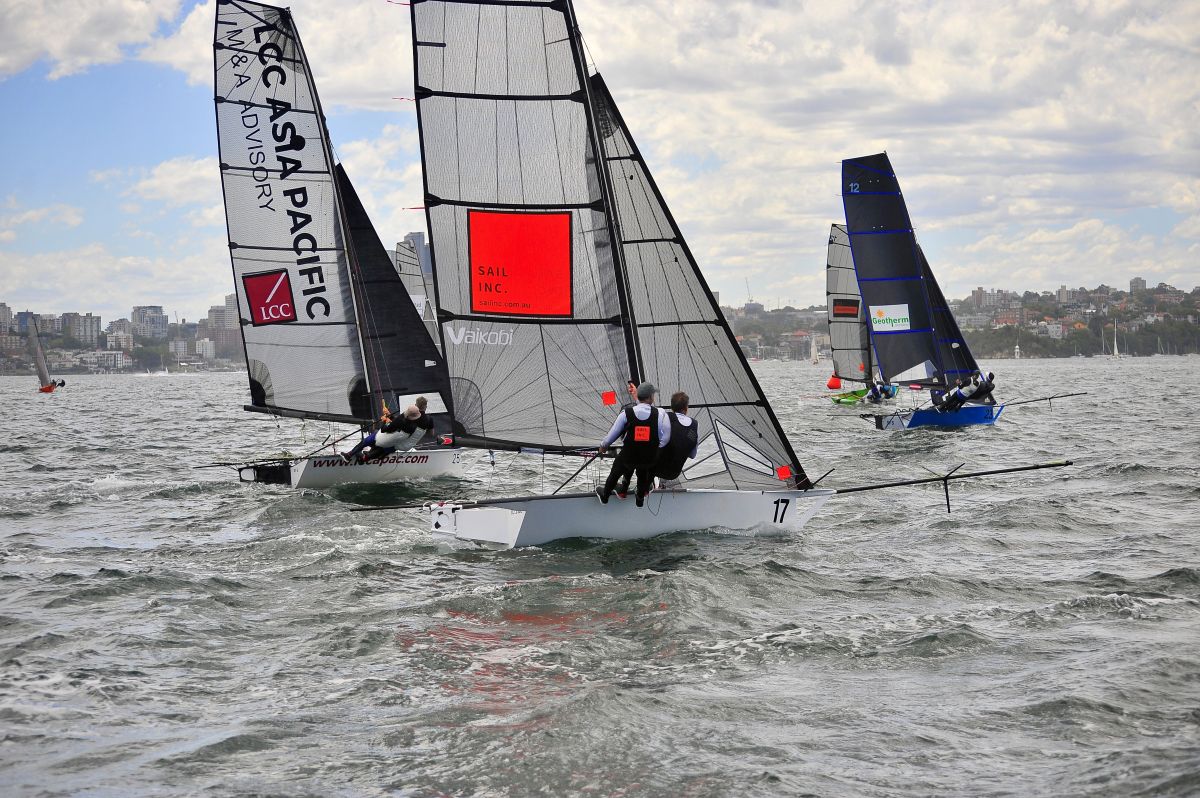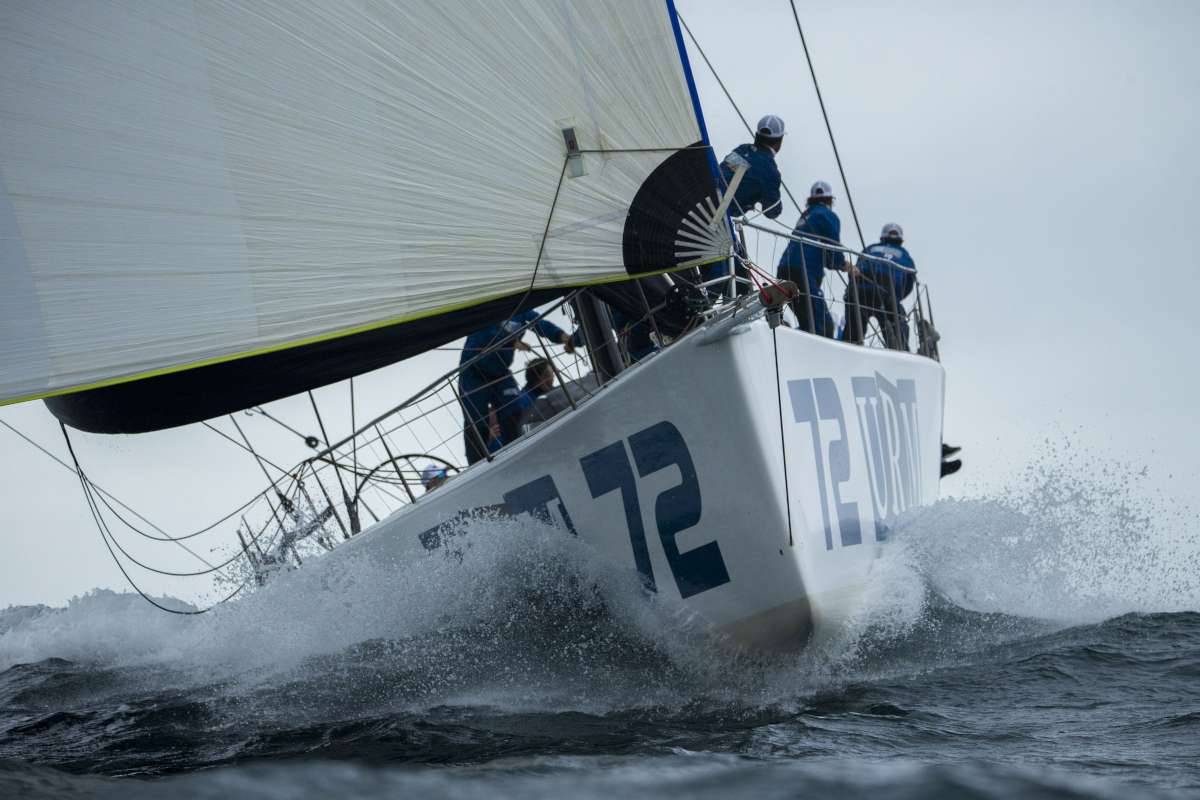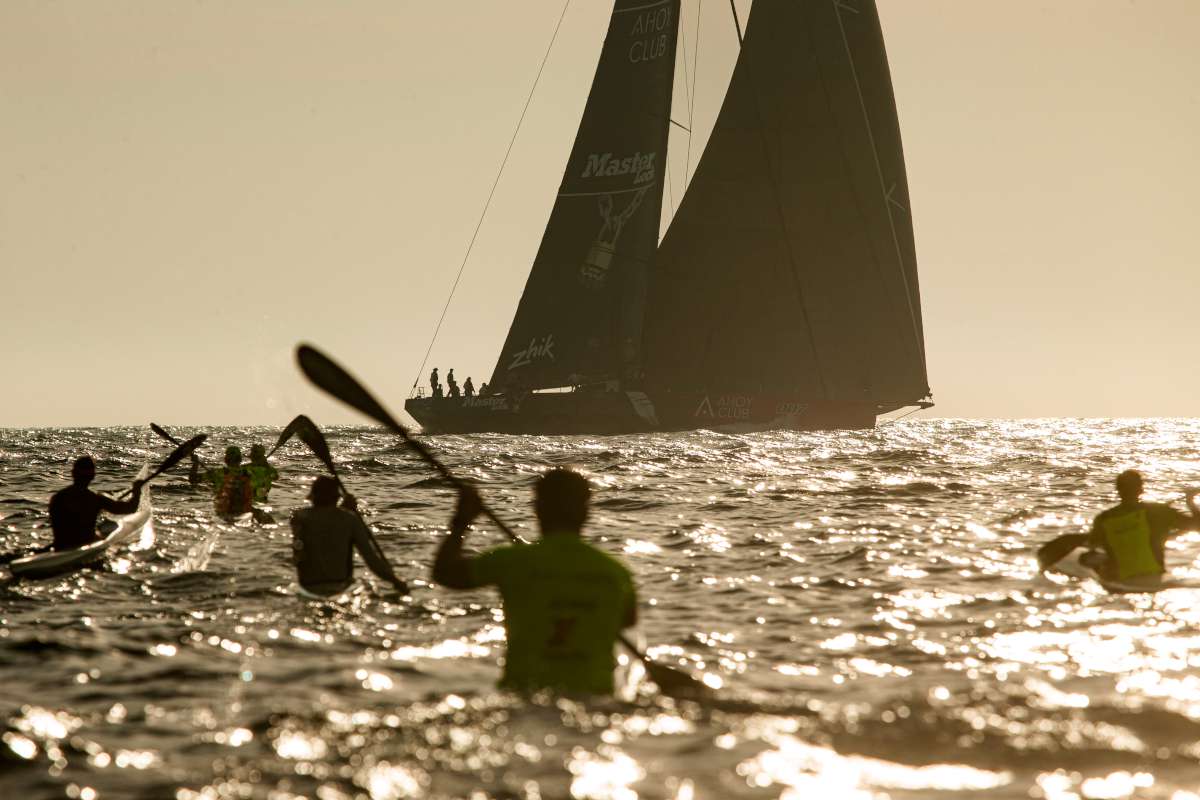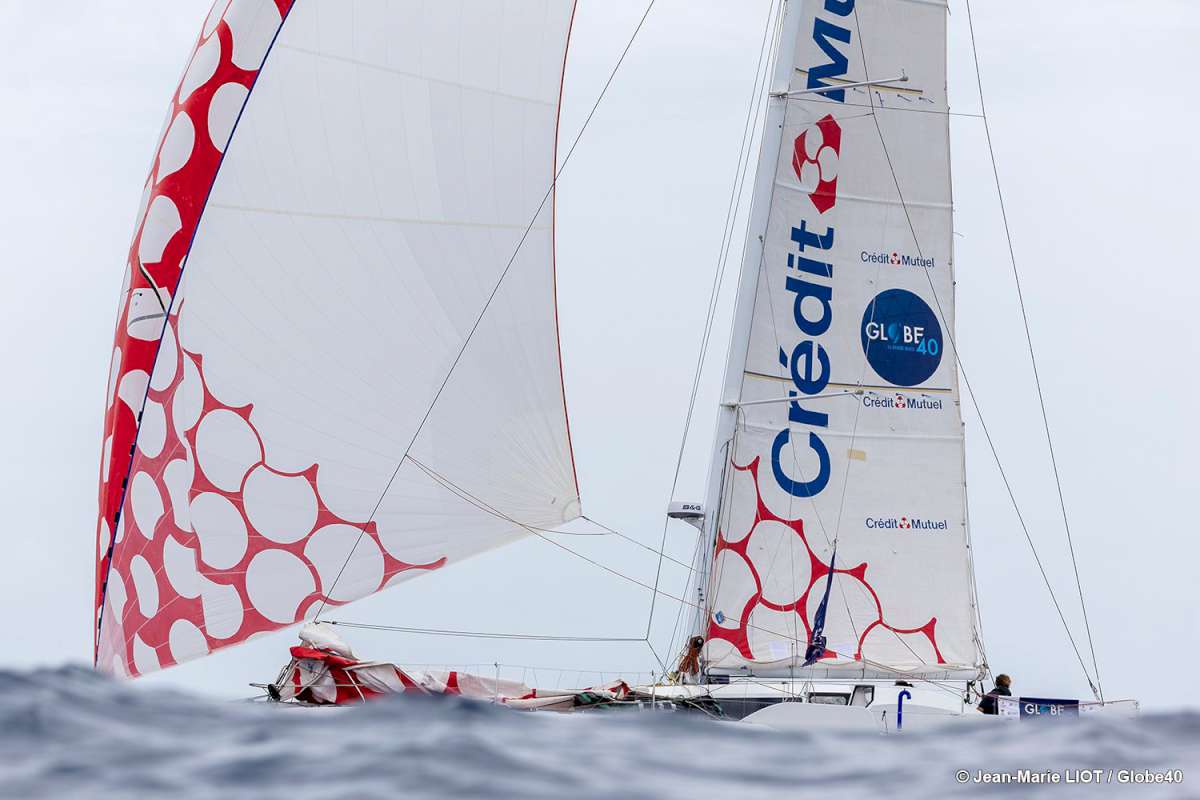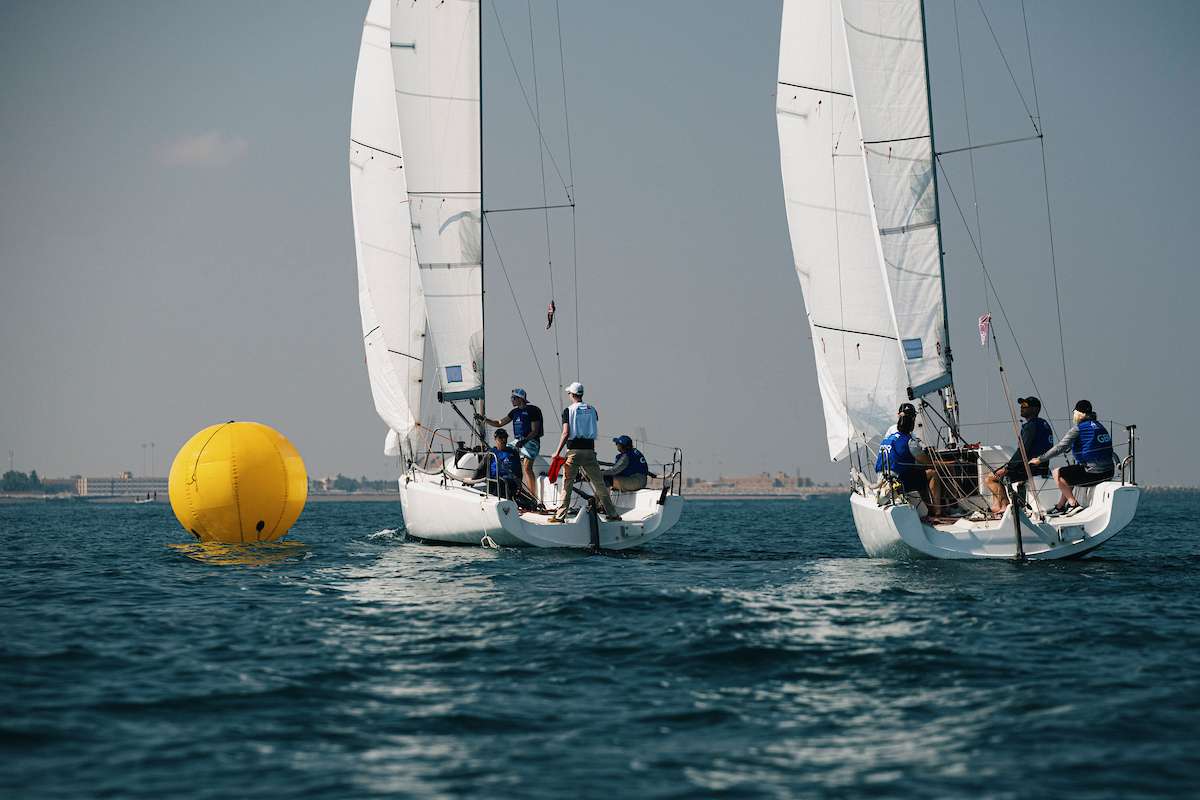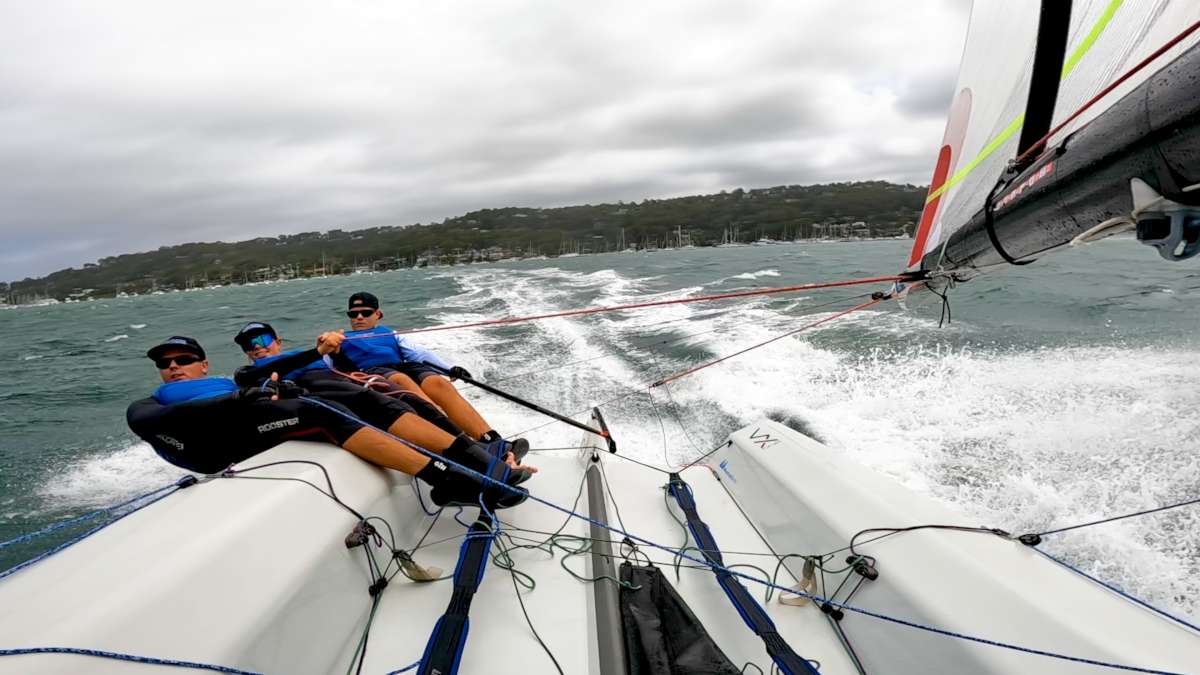Inflatable dinghies are a wonderful invention. It is true they do not have the rowing ability of a well-designed rigid dinghy, or the beauty of a classic timber tender but, for simple utility they are hard to beat.
The inflatable can be stored in spaces that will not accept a rigid dinghy and, once deflated, will fit readily into a locker. They carry large loads and are usually more stable than a rigid dinghy. There are, however, tradeoffs.
They go reasonably well with a motor, but can be a test trying to row in sloppy water or a head wind. There is another limitation: they do puncture on occasions and will deteriorate in sunlight.
Know your dinghy
There are two common materials used to make inflatable dinghies: PVC and Hypalon, a proprietary rubber fabric. They are made out of several pieces and are joined together either by welding, called thermo-bonding, or by gluing; PVC dinghies may be either welded or glued, Hypalon is always glued. To work out which material your dinghy is made from is not too hard when new, but if there is some sun damage it can be slightly more of a challenge.
PVC is generally lighter in weight and shinier. If you can see inside the tubes, through the hole you are about to repair or through an inflation valve, PVC will have the same colour and be as shiny inside as out. Hypalon is usually dark grey in colour and sanding the fabric will turn it dull and produce a dust or residue; while PVC will scratch, but maintain the same glossy colour. Wiping with acetone will make PVC tacky and may transfer the colour
to the cloth, but will not affect Hypalon.
Be careful as acetone is highly flammable and is not good to breathe or get on your hands.
The small PVC Zodiac dinghy we own has welded seams on the air tubes (pontoons), but the floor is glued in. So when the floor came unstuck I was thrust immediately into the repair game.
The repair principle is similar whether the floor joins fail or it simply acquires a small hole. In my case I bought the recommended two-part reaction glue as the repair was extensive and previous repairs with a single-pack contact glue had not been fully successful. You need to buy the appropriate glue for the dinghy as rubber glue will not stick to PVC and, of course, vice versa. In an emergency, naturally, I would try anything, including several layers of duct tape if that would get me back to the boat.
Let’s get into it
Step one is to first find the hole. I have done this by holding a small section of the dinghy at a time under water and looking for bubbles. Unfortunately my neighbours with the pool have moved away so the other option is to wipe soapy water over the surface; the leak shows up again as a series of bubbles. Mark the leak with a pencil or crayon and keep looking; there may be more than one.
Obviously if the hole is major then finding it is simple!
If the holes are in the air tube deflate it and clean the repair site. Remove all traces of the old glue and any grease or oil. A good detergent will work nicely on oily substances, but wash in fresh water after and leave to dry.
While that is happening, cut out the patch; cut it at least 40 millimetre larger than the hole and round the corners. Small pieces of material are usually supplied in the repair kit.
It is important that the repair fabric be identical to the dinghy fabric and the glue be suitable for the material. Remember that the glues contain volatile substances, which will evaporate once the glue has been opened. So, unless the glue you have is to be used within the next few days, toss it when finished and buy a new supply to have on stand-by.
In my case, I needed a lot of glue to replace the floor of my PVC dinghy. I bought a one litre can of the recommended two-part reaction glue and used the lot. Even unopened glues can exceed its use-by date so be sure you have an update batch by checking the use-by date before parting with your cash. Make sure your stand-by supply will be usable for the length of your next trip.
The next thing to do when the patch area is completely dry is to rough up the surface with a relatively-coarse emery cloth or sandpaper. This gives the glue something to grip, or ‘key’, to. Even if you have power tools available this is a job best done by hand, there is no point making the hole any larger than it need be.
Wash the immediate site with one of the ketone compounds to dissolve some of the surface of the fabric as this increases the chance of the glue sticking more solidly to the fabric. Some suppliers recommend methyl ethyl ketone (MEK), this is nasty stuff and was not easy to buy in small quantities where I live, so I used acetone.
It is still nasty but slightly less so.
At this stage it is necessary to apply the glue. With all contact glues these steps are critical to a good finish. Mask off the area around the repair to protect it from leaving an unsightly mess of glue after the patch has been applied.
Apply a thin even coat to both sides of the repair, as with most gluing jobs: more is not better. Wait three to five minutes until it is just tack-free. Touch the surface with your fingernail to test if it is ready, it should feel ‘grippy’ without being wet. If so, then apply another coat.
After the third coat has been applied and is tack-free, 5min or so depending on the weather, you are ready to close the repair. This is the most crucial part of the job as any misalignment will be difficult to correct. Very carefully position the repair patch and press together. It is important to make sure the patch is fully fused to the dinghy body. Apply pressure to the centre of the patch and work out to the edge. One supplier recommends using the back of a spoon to apply pressure in a circular direction working out from the centre to remove all air bubbles and ensure the joint is completely fused.
Remember: contact adhesives stick on contact so be careful that the patch is in position before bringing the two parts together to avoid an unwanted mess!
After the joint has been closed I like to lightly clamp or use a weight to keep pressure on the joint for another day or two, if this is practical, to allow the patch to fully set before inflating.
Do the work in fine weather if it is possible. If you feel comfortable then the glue is likely to enjoy the conditions too: not too humid, too hot or cold. Once the glue has gripped then the conditions are less critical. In winter, it may be necessary to take the job indoors, or use a hair dryer. But remember, the glue contains volatile substances that are harmful and may even ignite.
Care for your inflatable
The most obvious damage to an inflatable is tearing and puncturing. Do not drag it over sharp shell, rock or bump against wharfs, walls etc.
If you fish from yours, then I wish you good luck! I had my dinghy damaged when a ski boat passed way too close. The resulting bow wave washed the dinghy under the stern where my wind vane steering cut a large hole as it came down on the fully-inflated dinghy.
The 20 centimetre cut was too large for me to properly repair so I paid to have it professionally done; an excellent move as the repair, which was very competently done is barely visible and eleven years later it is still holding.
Inflatable dinghies can burst if they are pumped too tightly, then left to heat up in the summer sun. The heat simultaneously softens the seams and increases the internal air pressure. The Australian sun is deadly, making the fabric brittle, crack and become porous. Well-fitting covers can extend the life of the dinghy, as will putting it away when not in use.
It is also possible for the internal baffle between the main air chambers to rupture if they have been inflated unevenly.
Other damage takes longer to happen, but is terminal all the same. Regular cleaning can help; marine growth will form in days even in temperate waters. I have found domestic bleach to be effective in removing light coatings of shell and slime from the bottom of the dinghy. Some car care products may help to keep it clean and shiny, but avoid products with silicone.
Another insidious inflatable killer is sand. It will collect under floors and lodge in unseen corners where it wears the fabric away in frighteningly quick time. Regular washing in clean water, not necessarily fresh, will reduce this problem. Leaky valves can occasionally be fixed by cleaning as sand can get onto the surface of the O-ring. Simply remove the valve and clean all the surfaces.
With proper care and a little maintenance, a good inflatable will give many years of service. As with all things do not leave the problem too long before making the repair; a stitch in time etcetera.
Safety
Fumes are volatile. The solvents used to clean the fabric before abrading are highly flammable so use them sparingly in an area with lots of ventilation. No flames: heaters, cigarettes, stove, etc., anywhere near. Wear protective gloves and eye protection and try not to breathe the vapours.
Losing air from a pontoon is annoying, but it may be as simple as a faulty valve or sand under the O-ring, or the O-ring having perished; also check that the plug is correctly seated.
Water is always going to get into the dinghy, but a leaking floor can be a nuisance. I filled mine with water to locate
a small hole under a faulty patch in a corner.
When the inside was filled, so the floor was completely covered, I looked under the dinghy floor to find the wet patch. Some of the floor timbers had cracked when a heavy passenger jumped into it and the jagged edges were cutting into the floor. I cut replacement floor slats from 12mm external ply, rounded, smoothed painted the edges and slipped them into the pockets.
Maintenance
I do not bother applying polishes or specific cleaners to my inflatable, preferring to simply give it a thorough wash down in fresh water.
While I am cruising away from home for an extended time and fresh water is not available I still make sure sand and shell pieces are washed out of the floor, especially around the floors where wear will be accelerated. When I get to a hose it gets a through wash at low pressure.
Leave it to dry if you are packing it away.
Given proper care and timely maintenance a good quality inflatable dinghy will give many years of service. As with most things, fix any problems as soon as you find it and treat it with care.
My inflatable is 20 years old and, while it spends a lot of time in the garage, it is still serviceable. ≈





